Welcome to AgBioData!
We are a consortium of agricultural biological databases with the mission of consolidating standards and best practices for acquiring, displaying, and reusing genomic, genetic, and breeding (GGB) data (Harper et al., 2018). Formed in 2015, our consortium involves 44 GGB databases (the complete list here) and over 200 members, including database curators, researchers, librarians, and anybody that works with agricultural data.
The AgBioData consortium embraces the Findable, Accessible, Interoperable, and Reusable (FAIR) principles to facilitate and maximize the accessibility and reuse of large-scale data in agricultural research. We recently received funding for a National Science Foundation (NSF) for Research Coordination Network project that aims to:
- define community-based standards for FAIR agricultural data;
- expand our network by recruiting anybody that generates, uses, curate, archive, and publish data;
- provide educational material to train scientists on FAIR data sharing;
- develop a roadmap for a sustainable GGB database ecosystem.
If you are interested in our work and want to be part of our community, you can:
- register to our mailing list and keep updated on our activities;
- attend our monthly webinar (every first Wednesday of the month);
- join one of our current working groups (send an email to agbiodata@gmail.com);
- follow us on our social media (check here!).

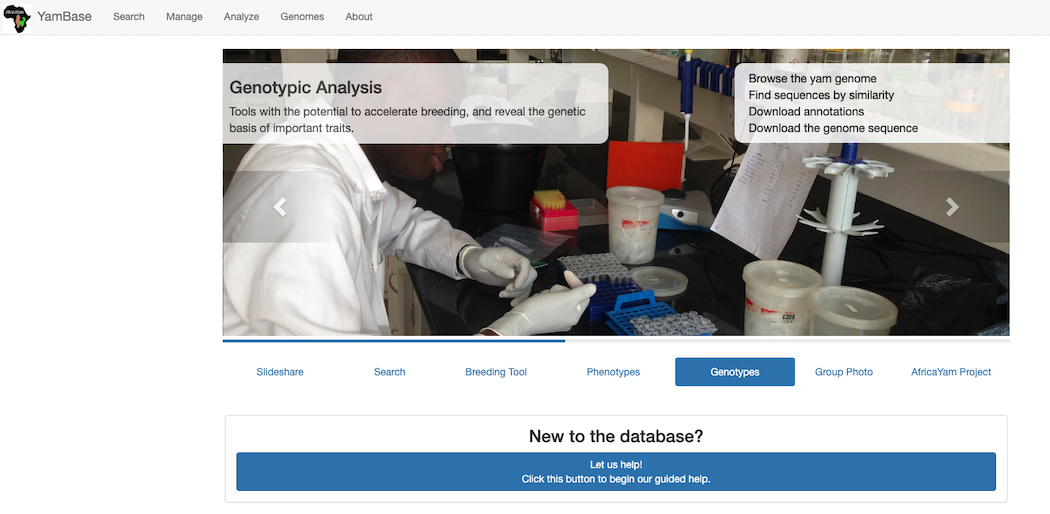
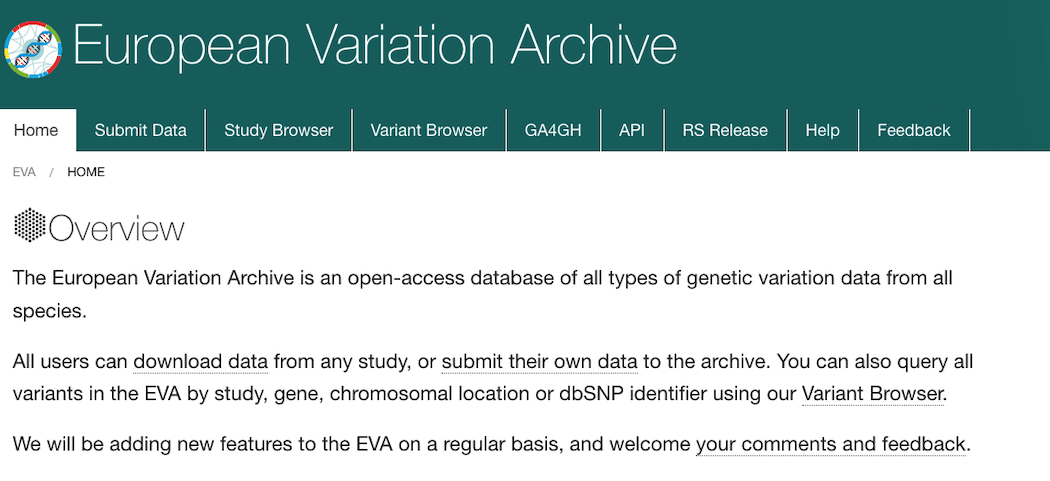
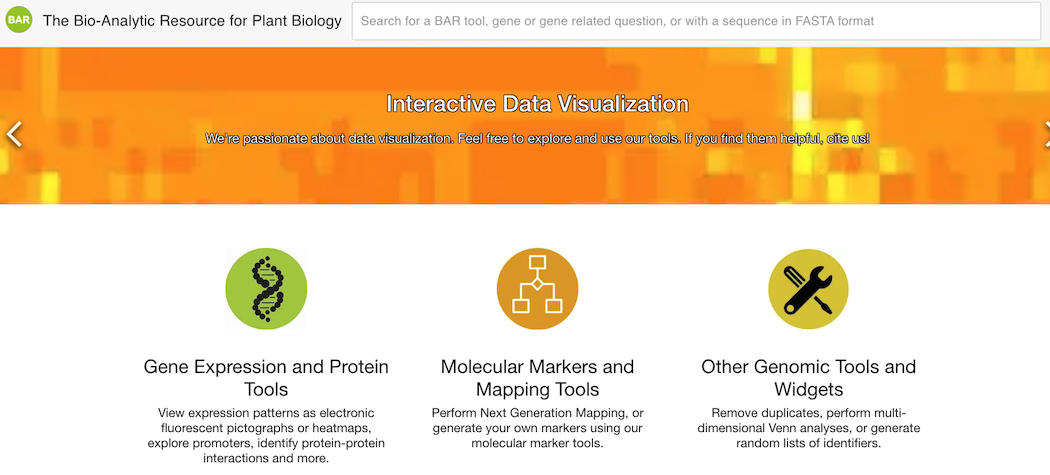
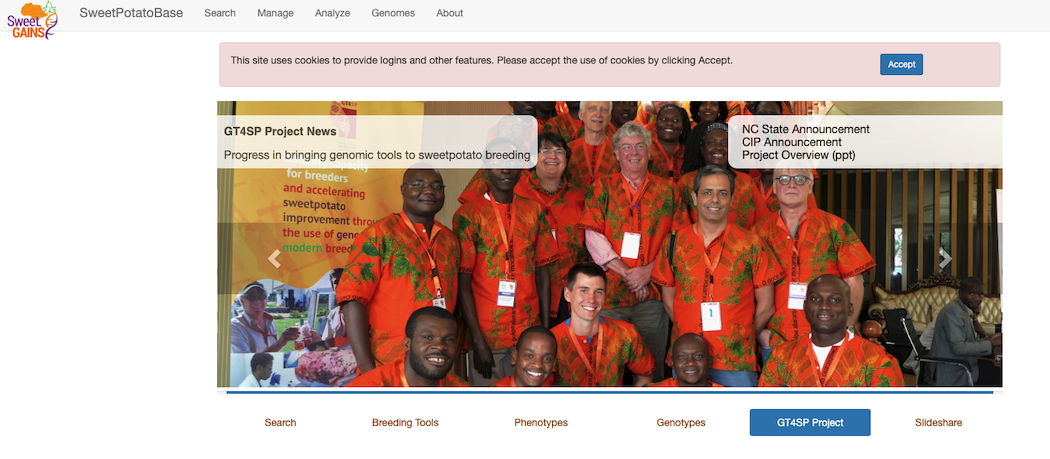
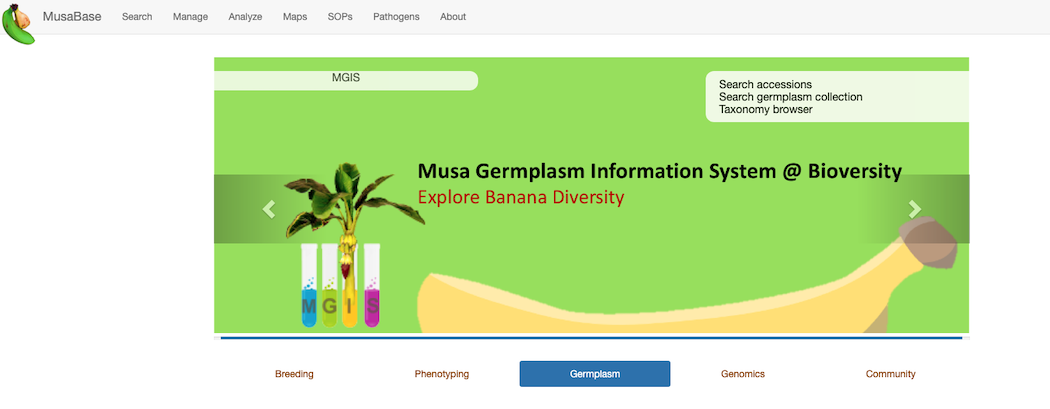
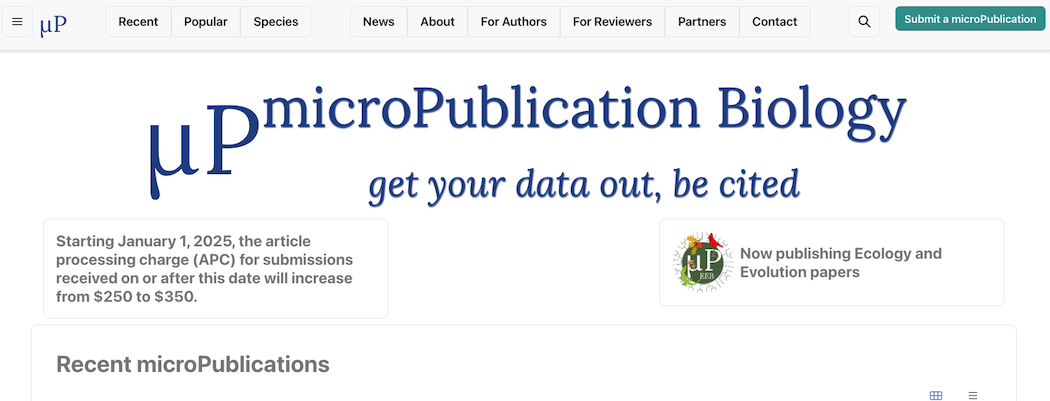
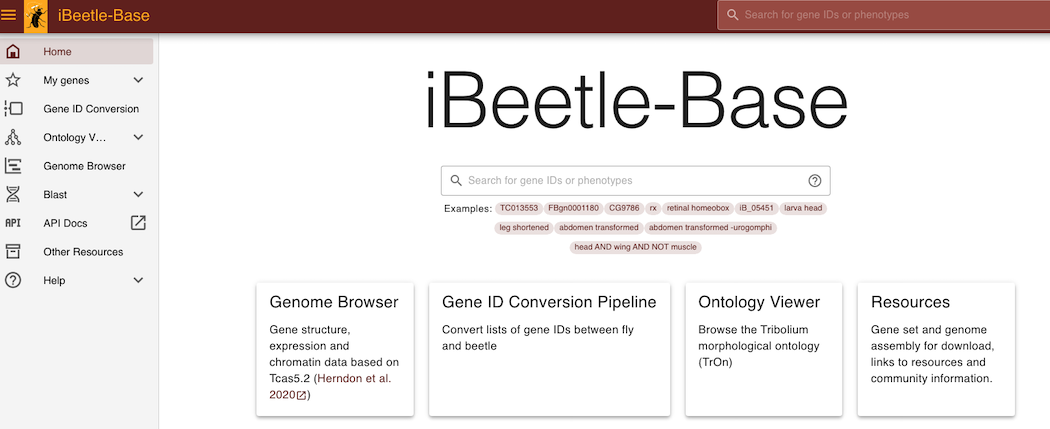
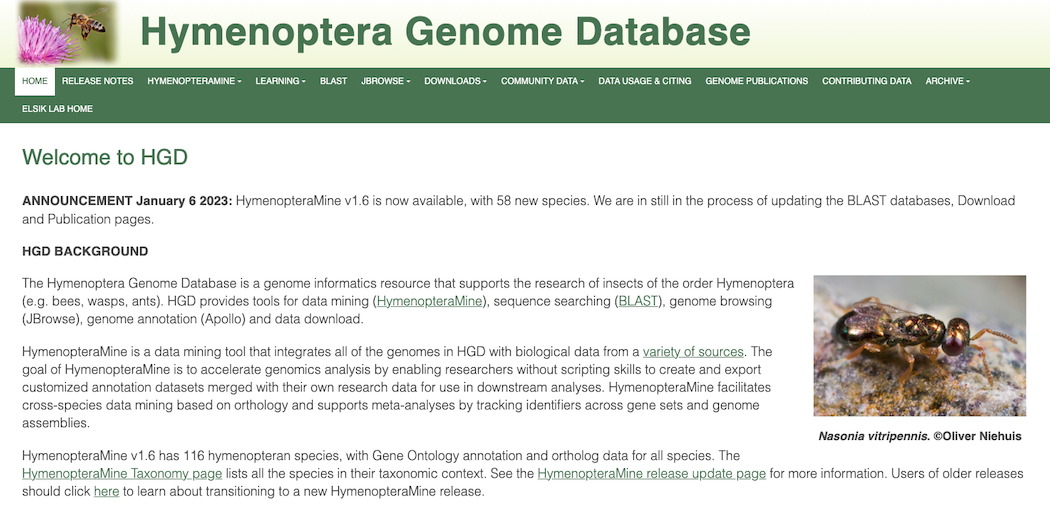
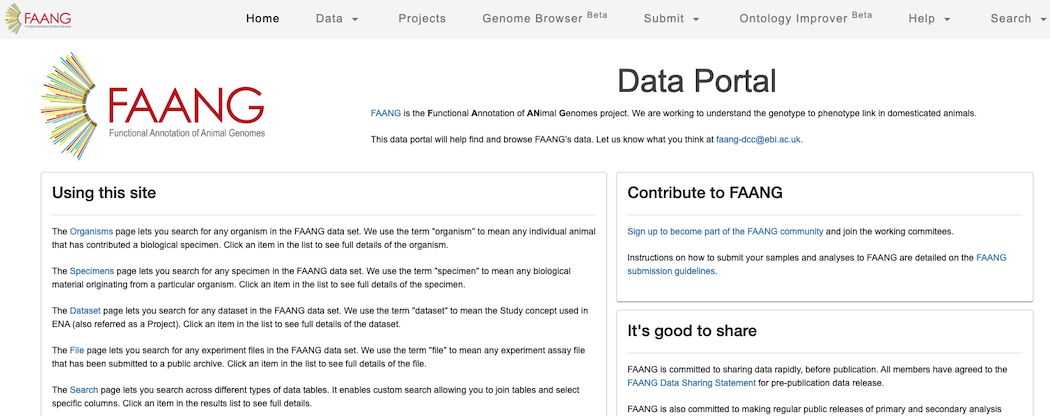
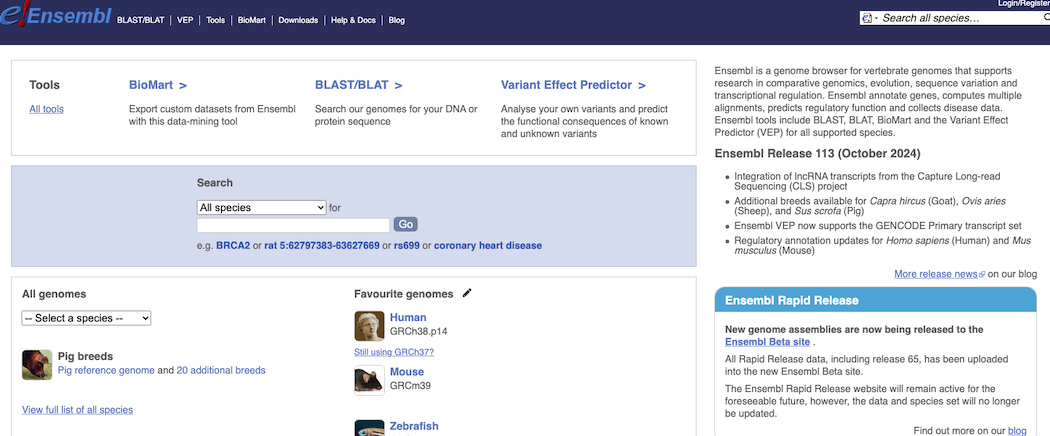
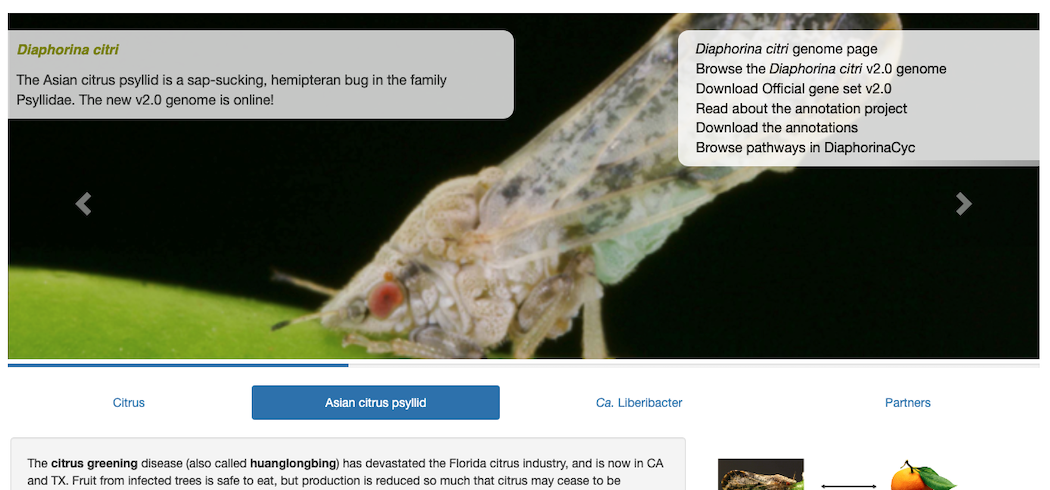
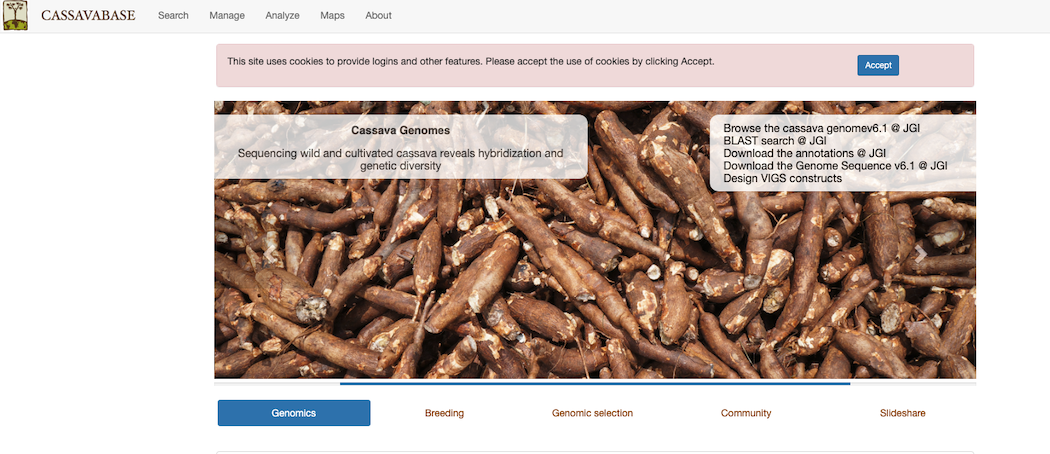
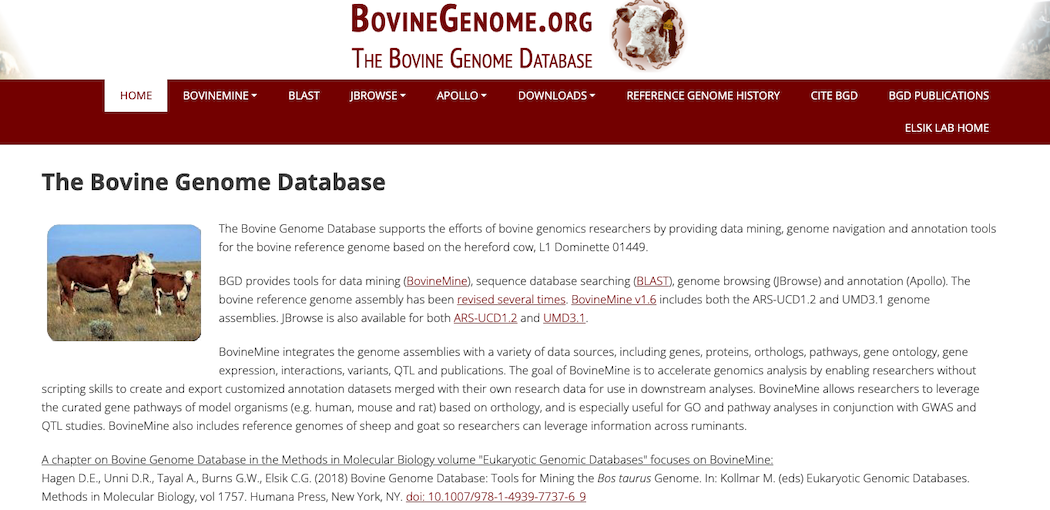
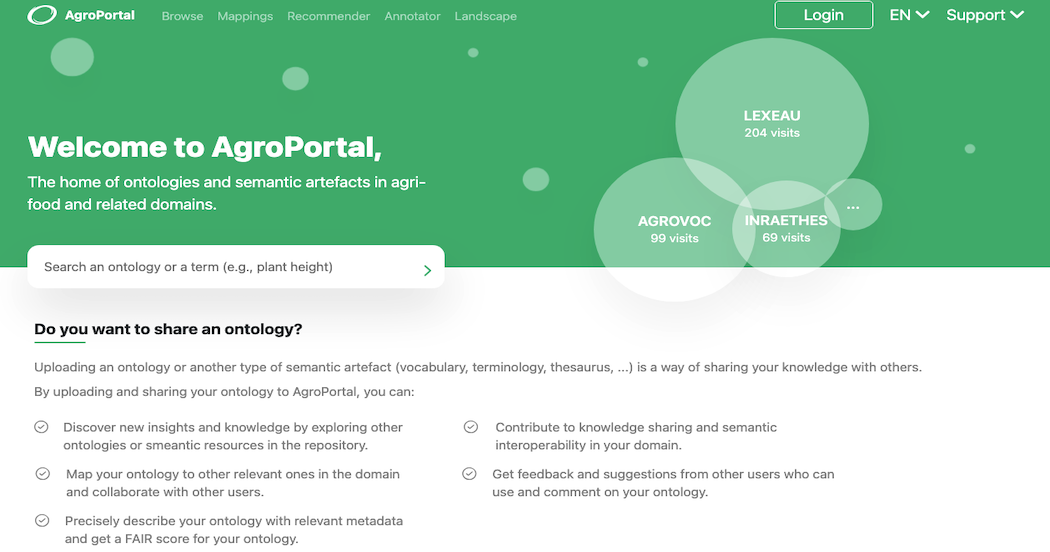
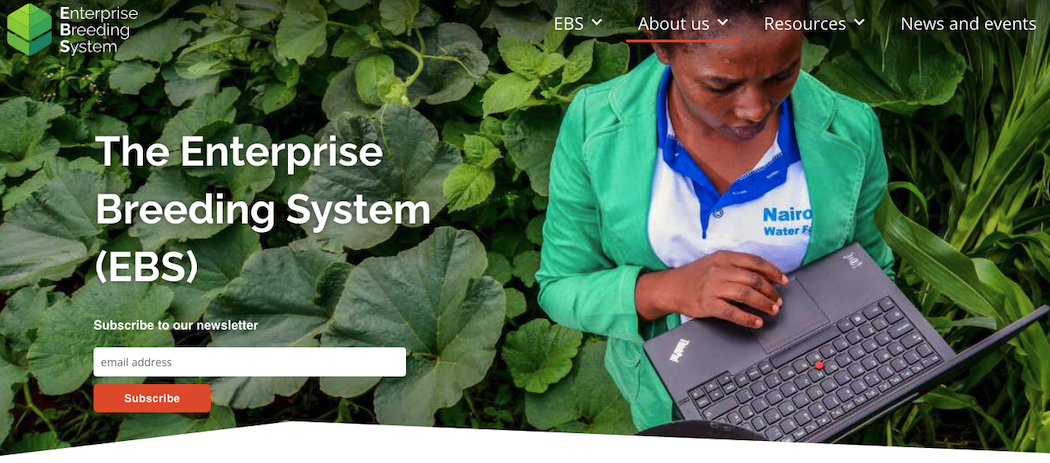
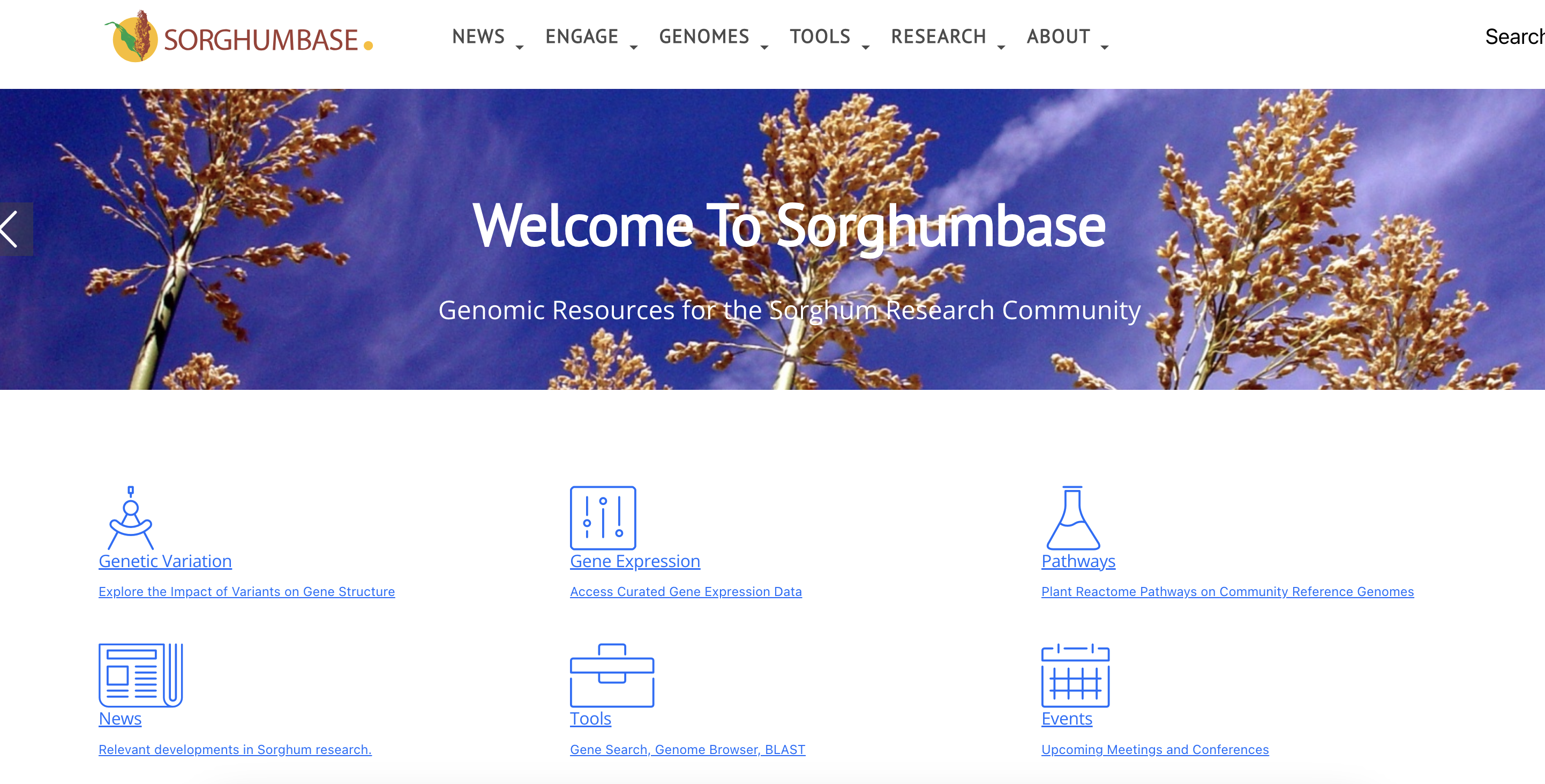
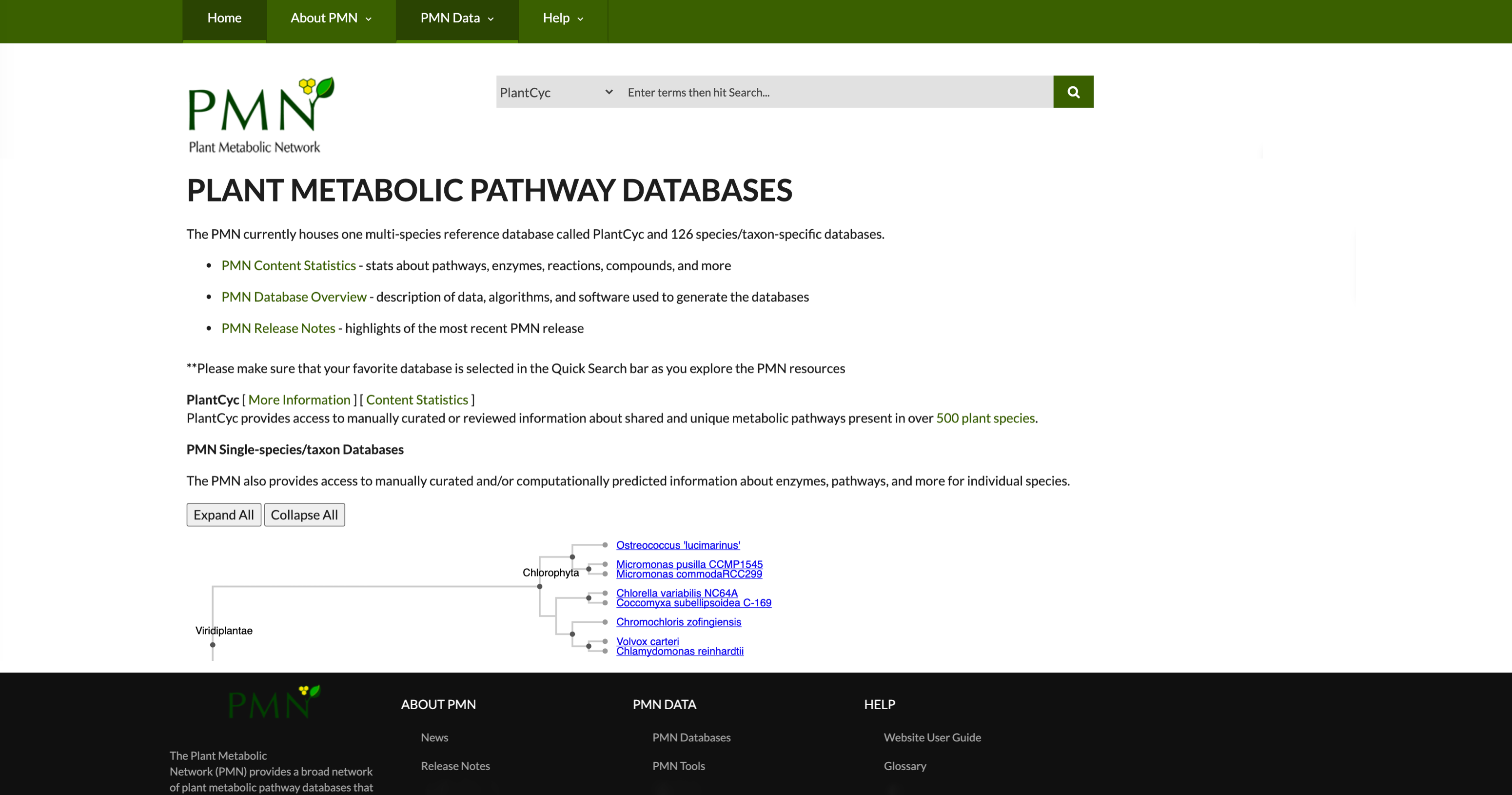
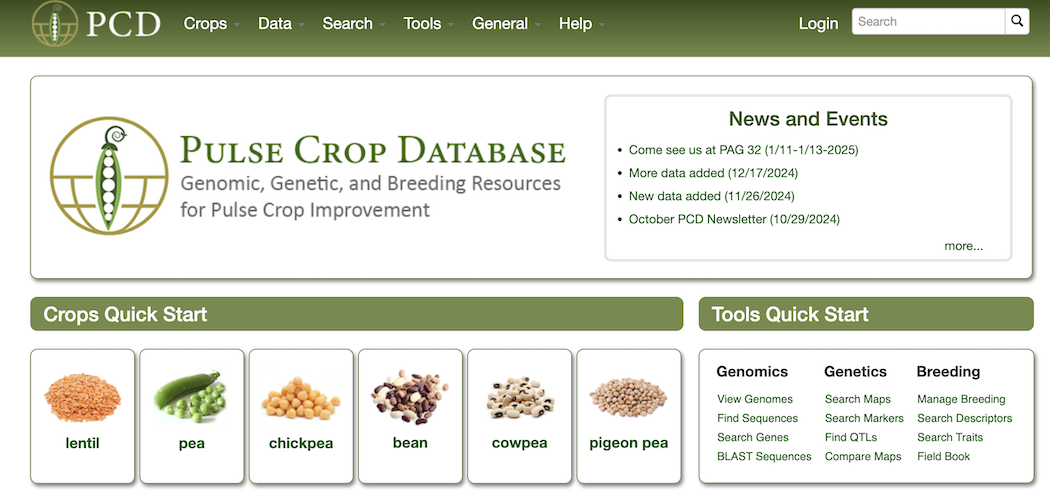
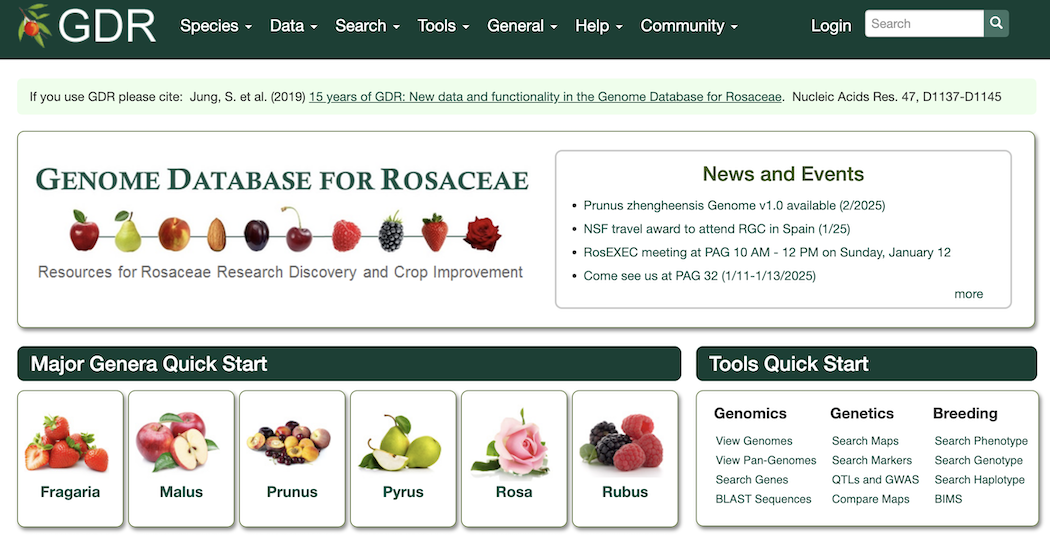
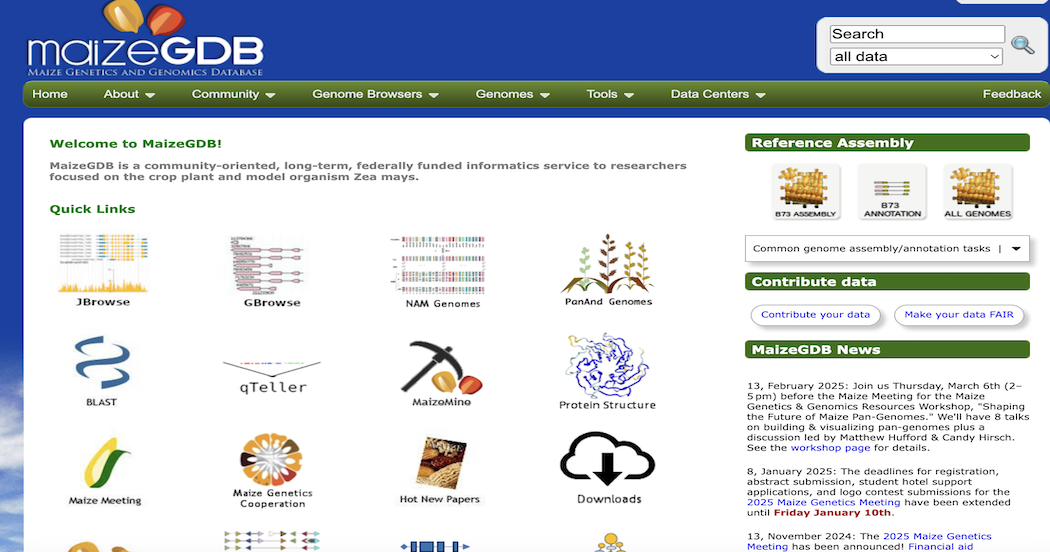
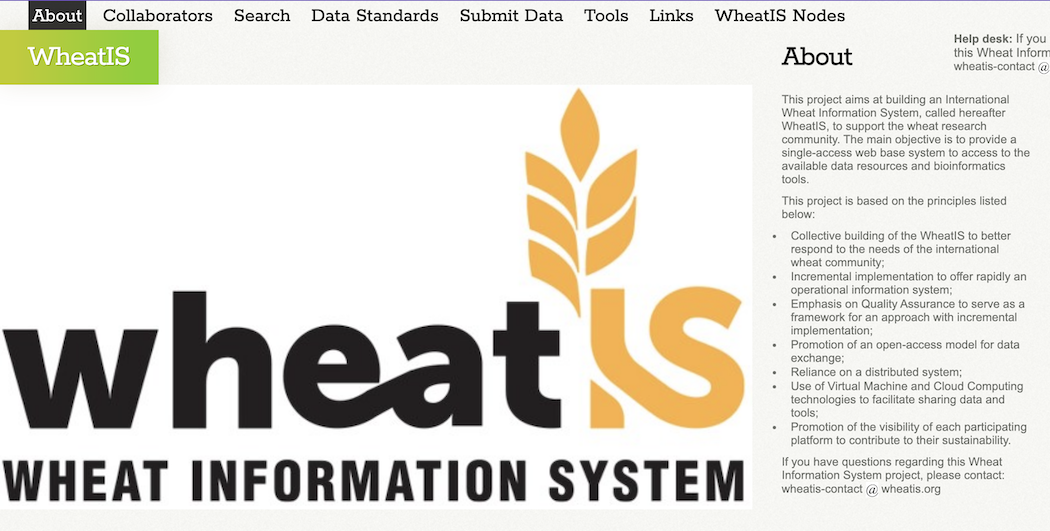
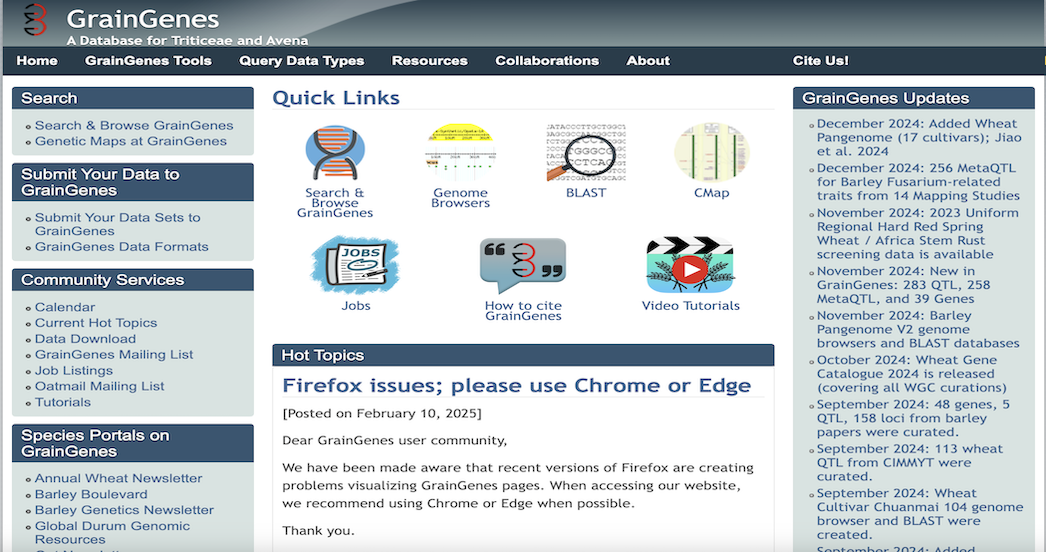
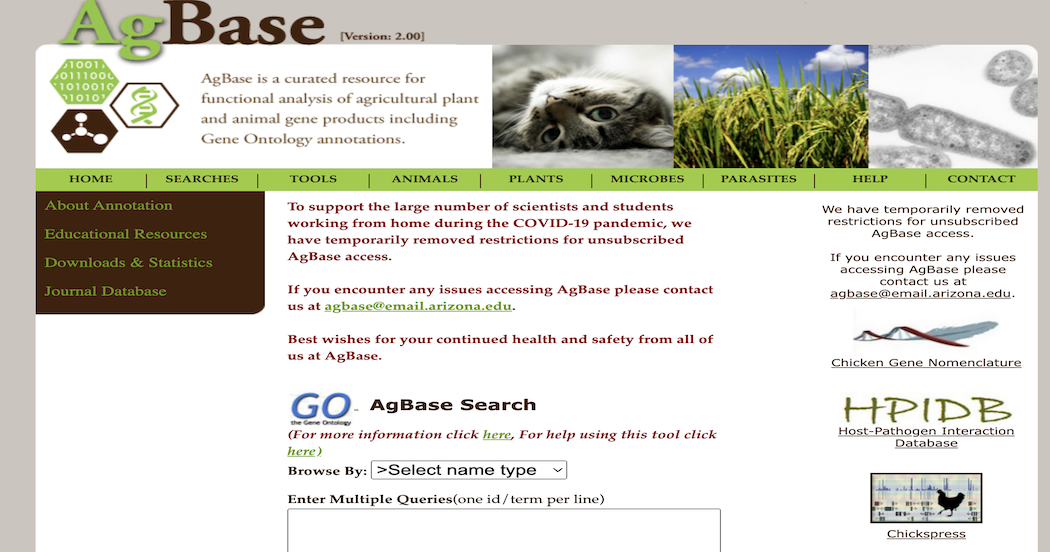
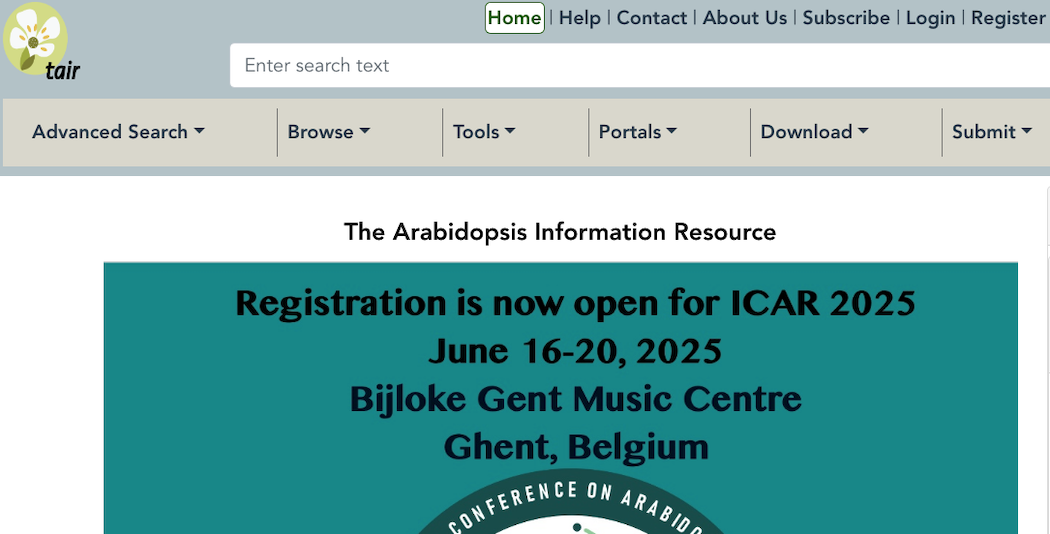
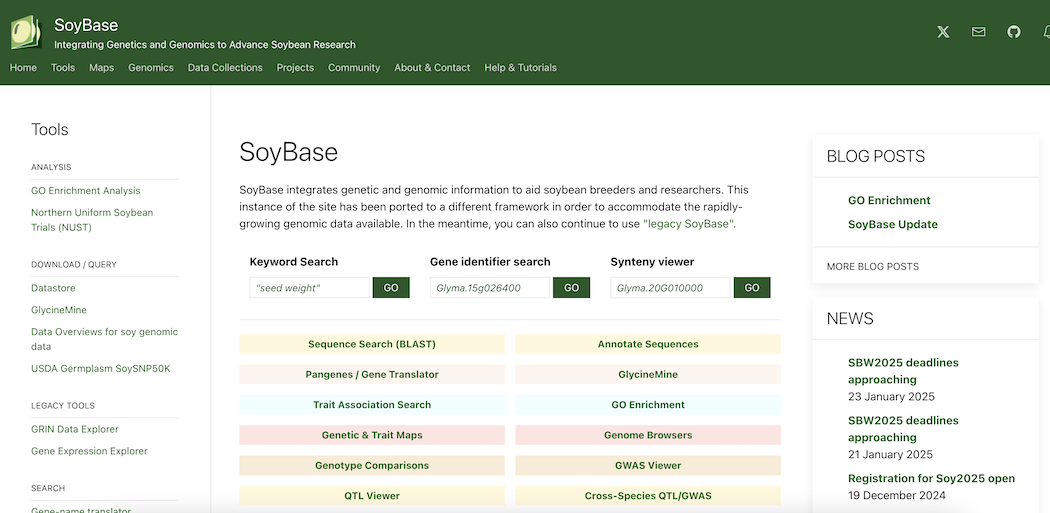
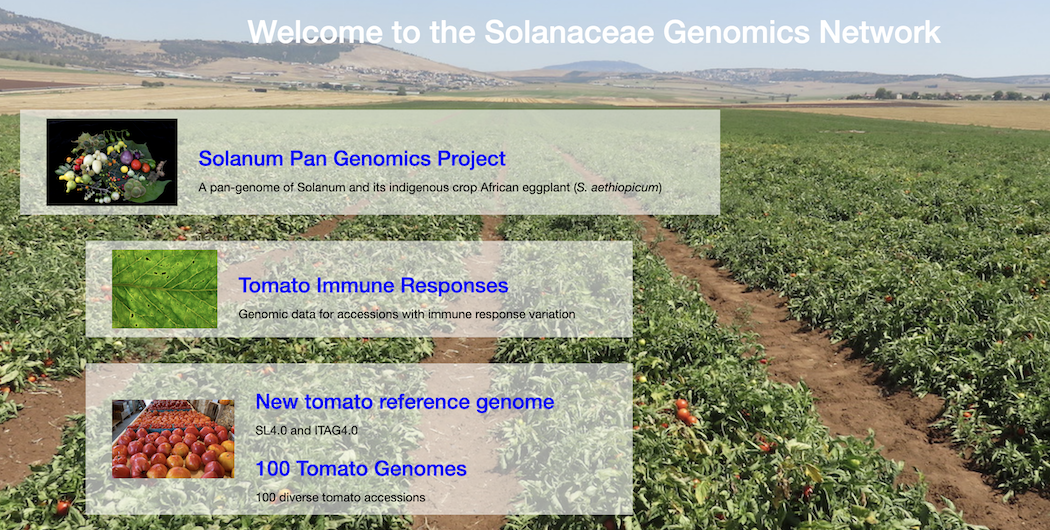
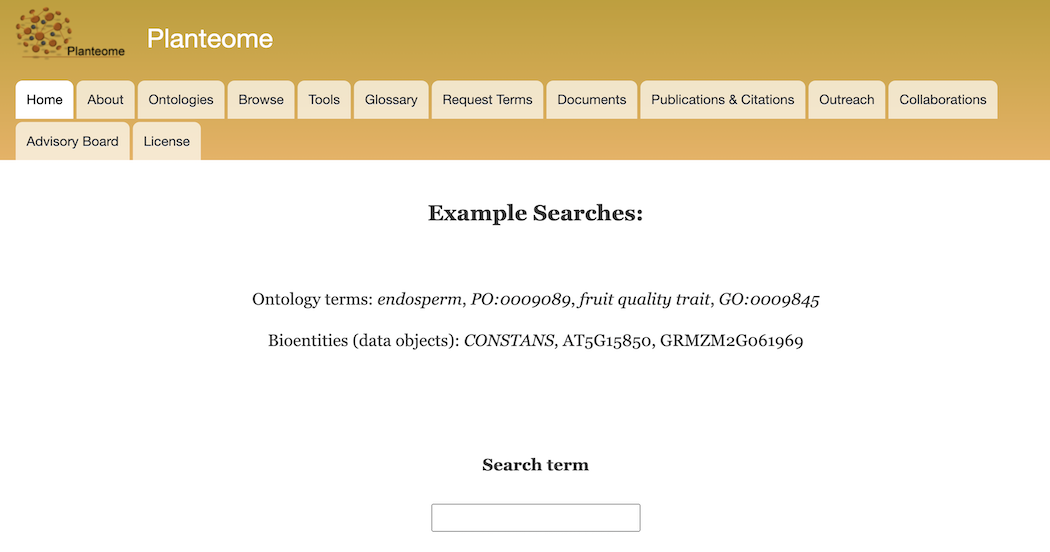
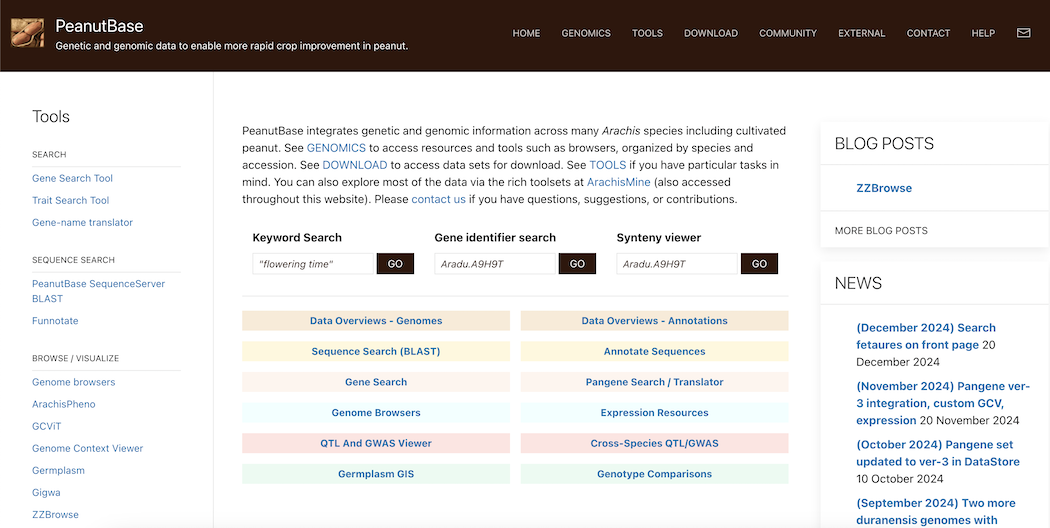
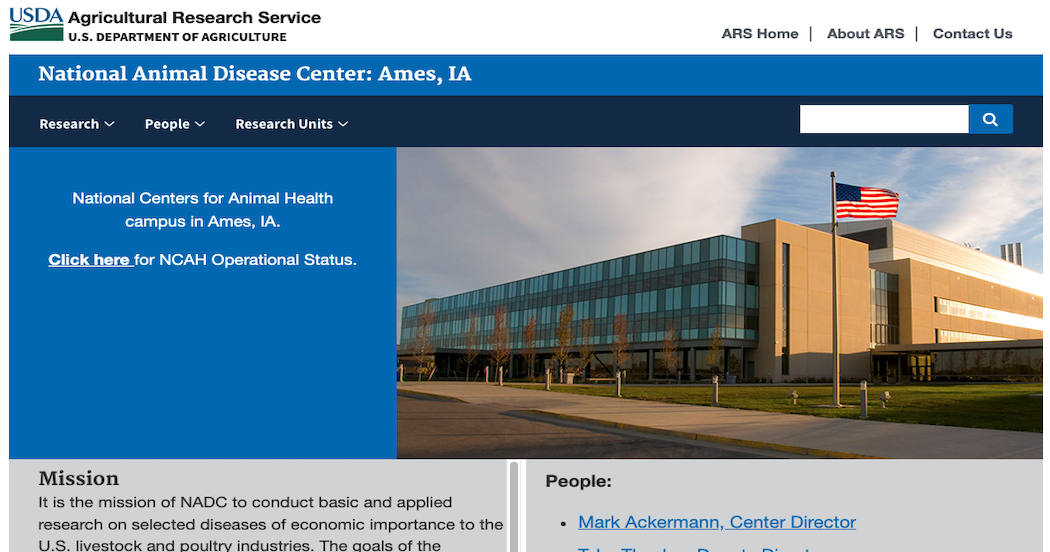
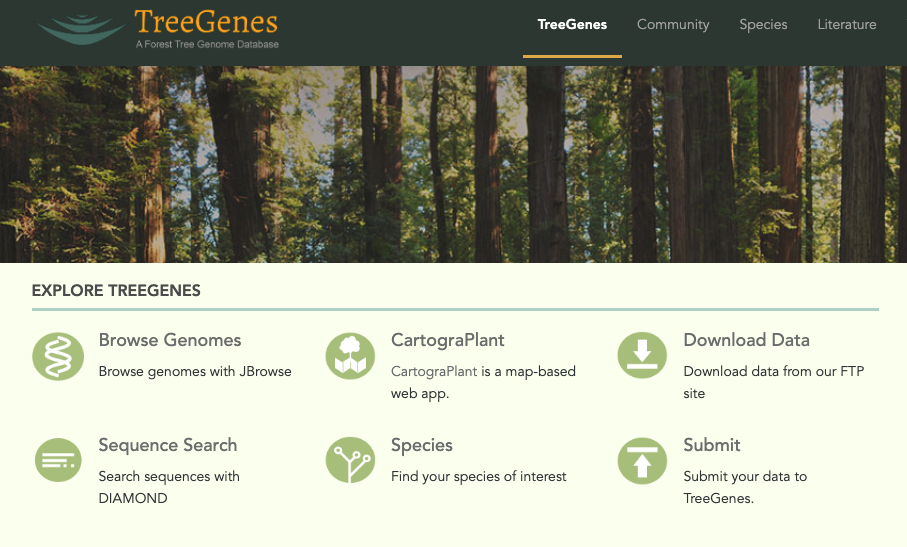
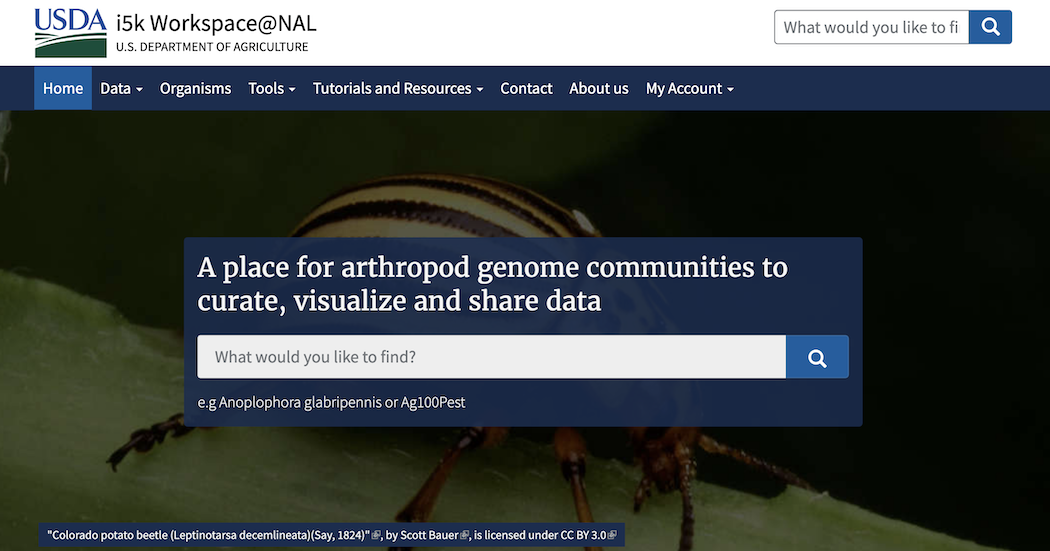
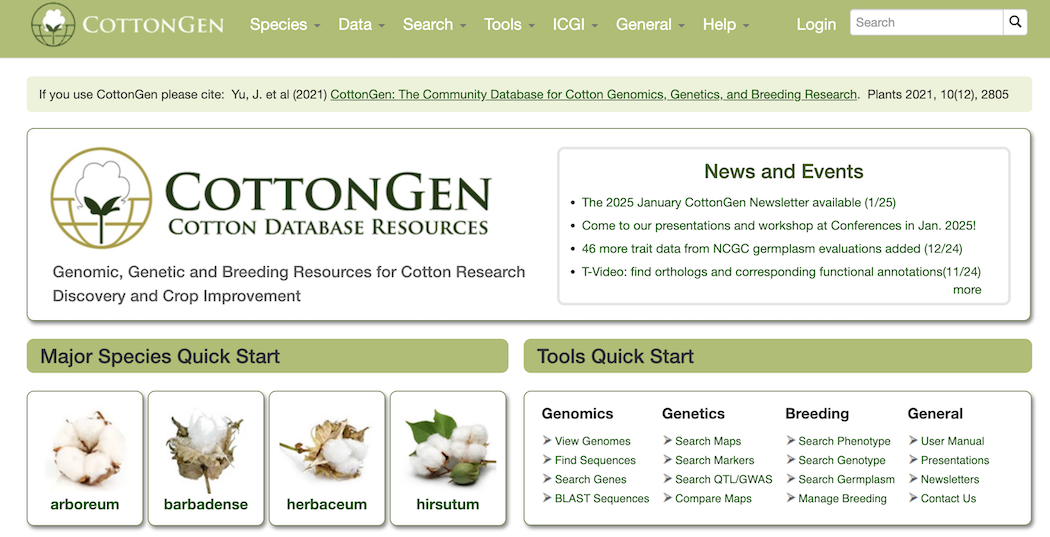
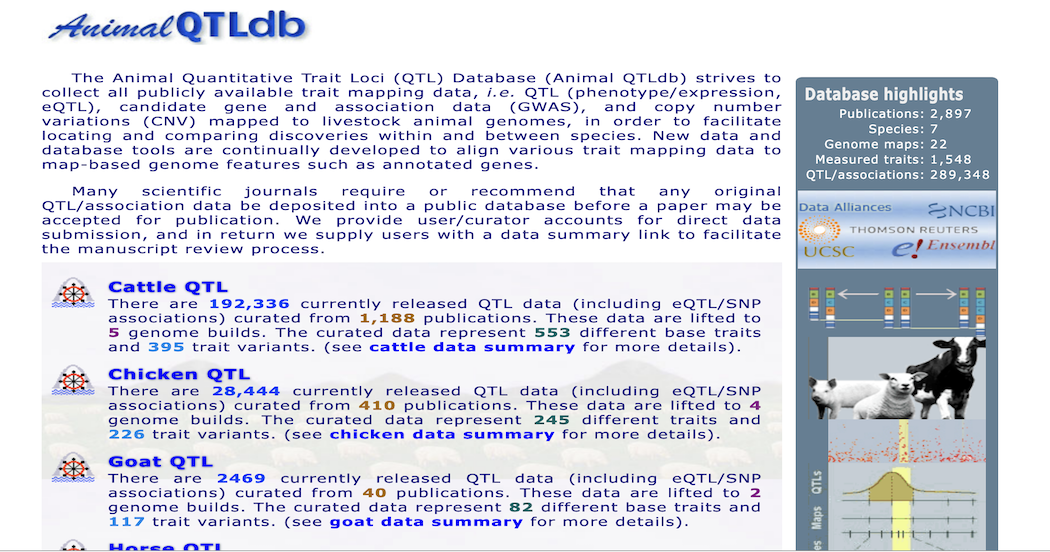
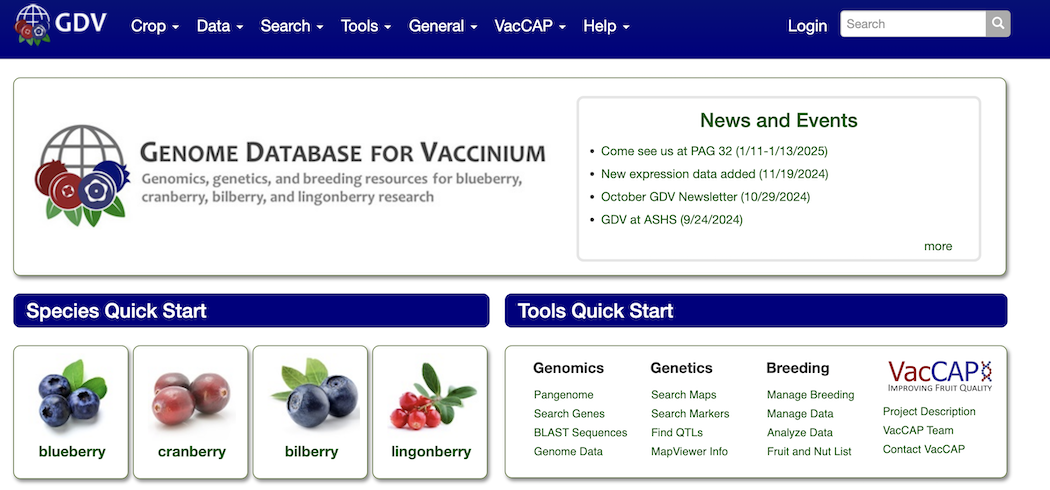
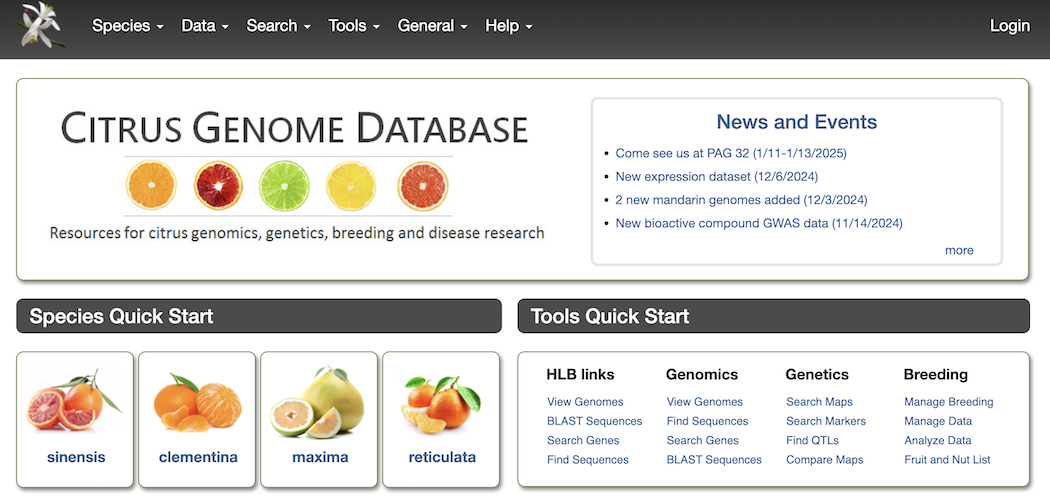
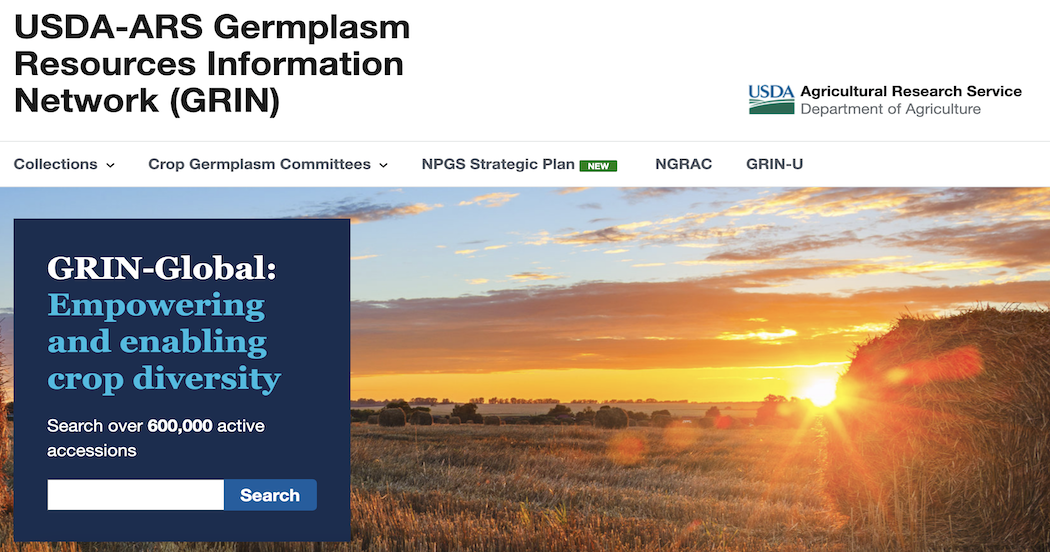
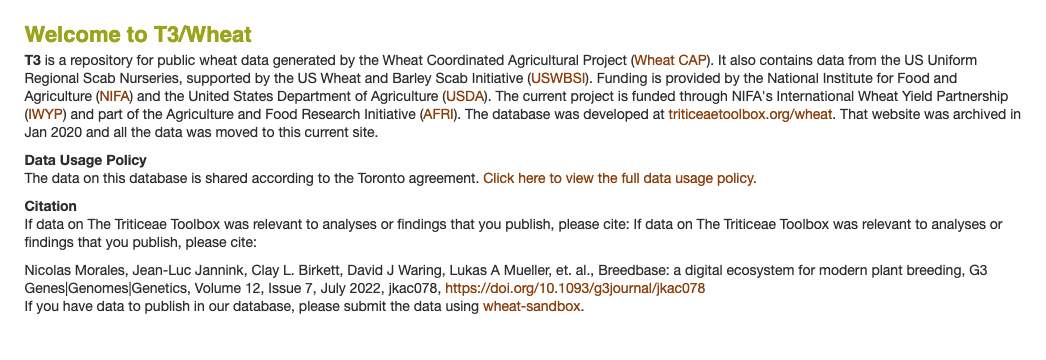
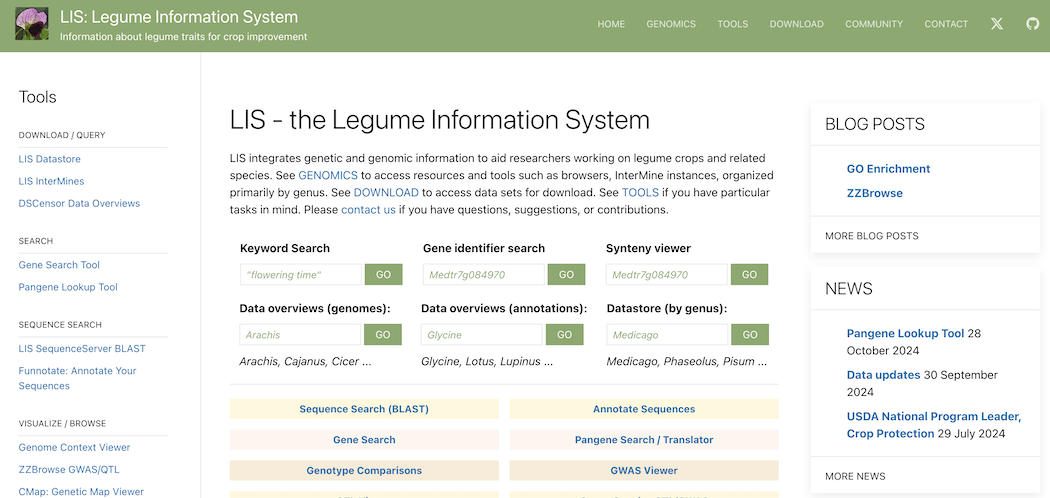
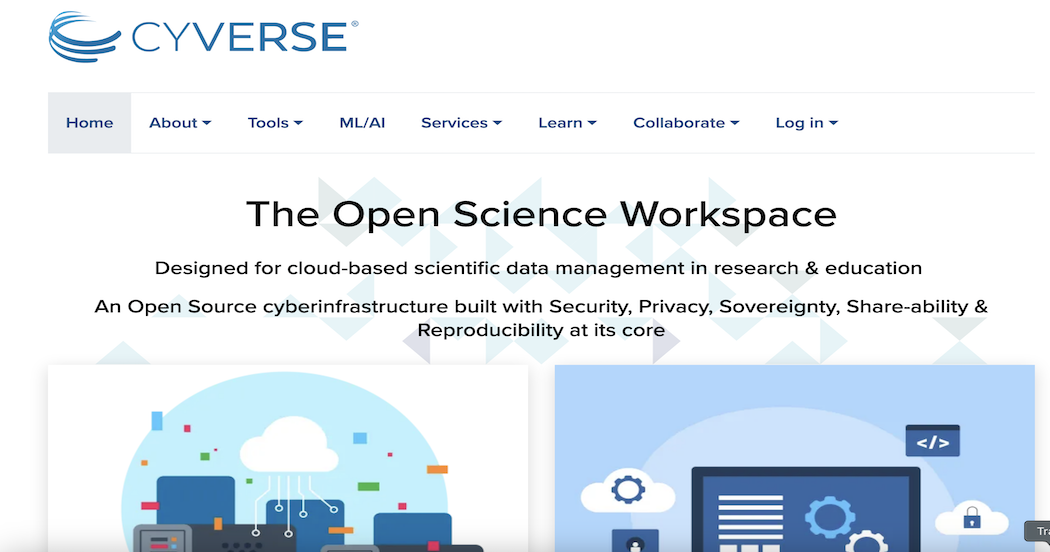
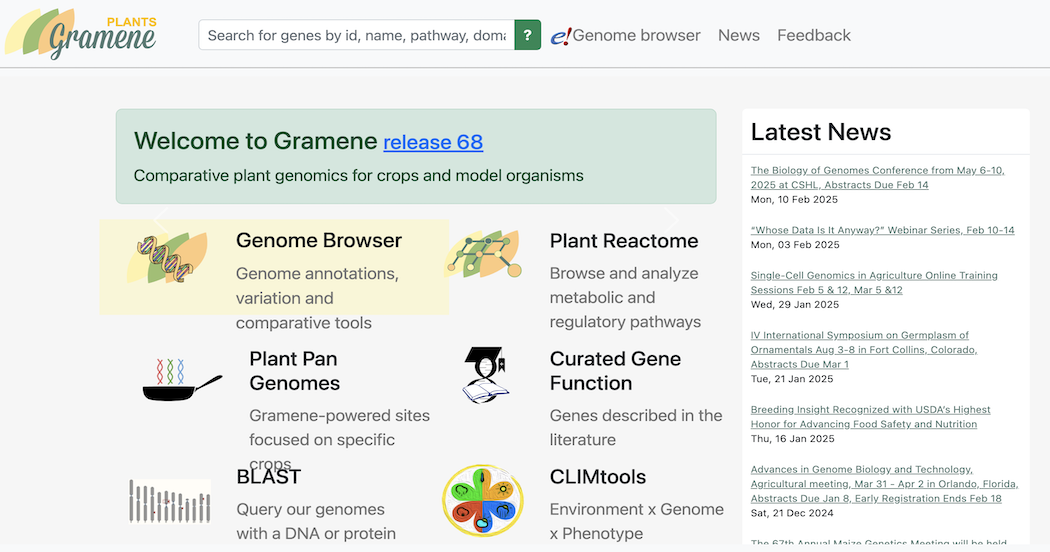
.png)